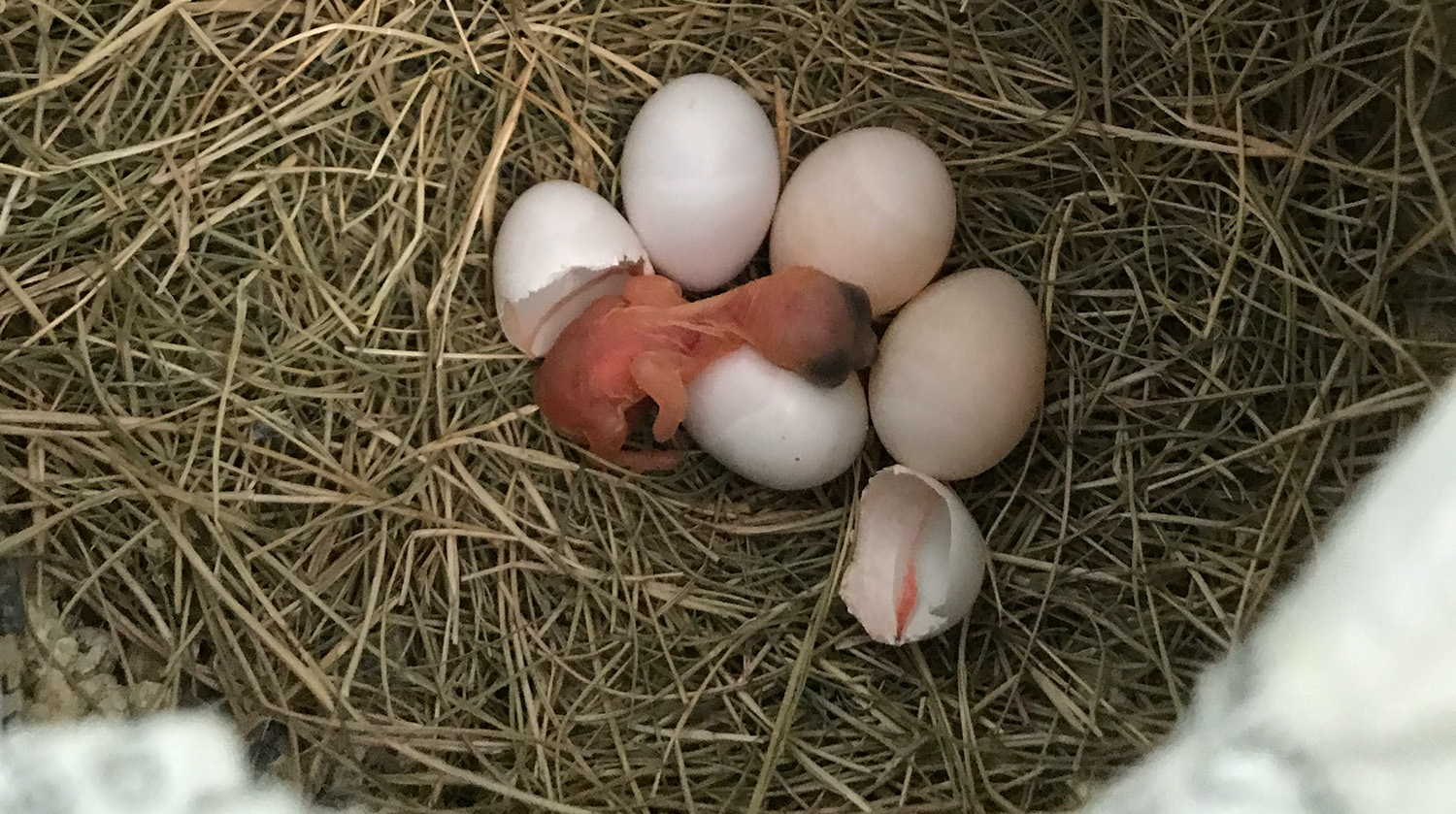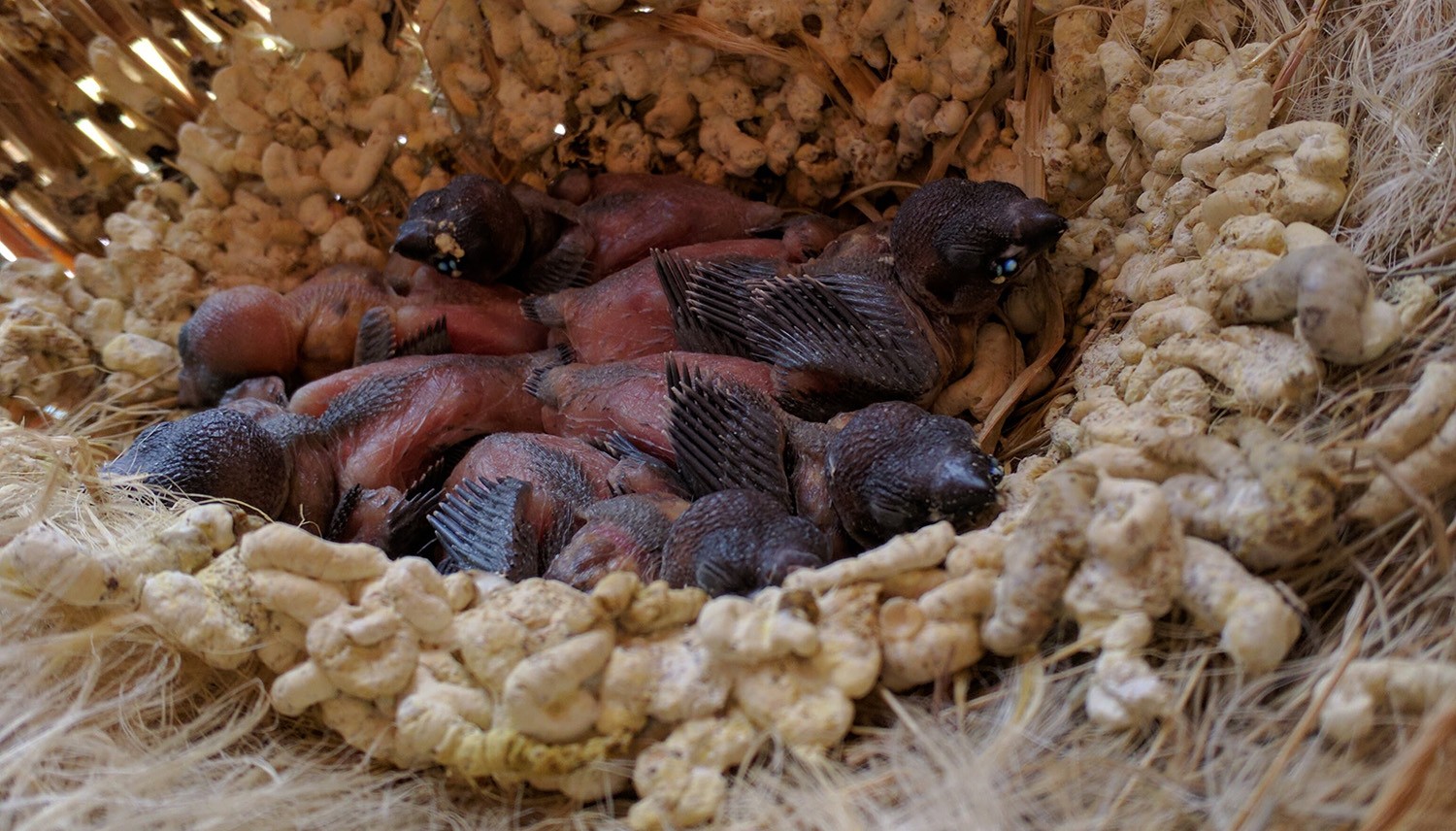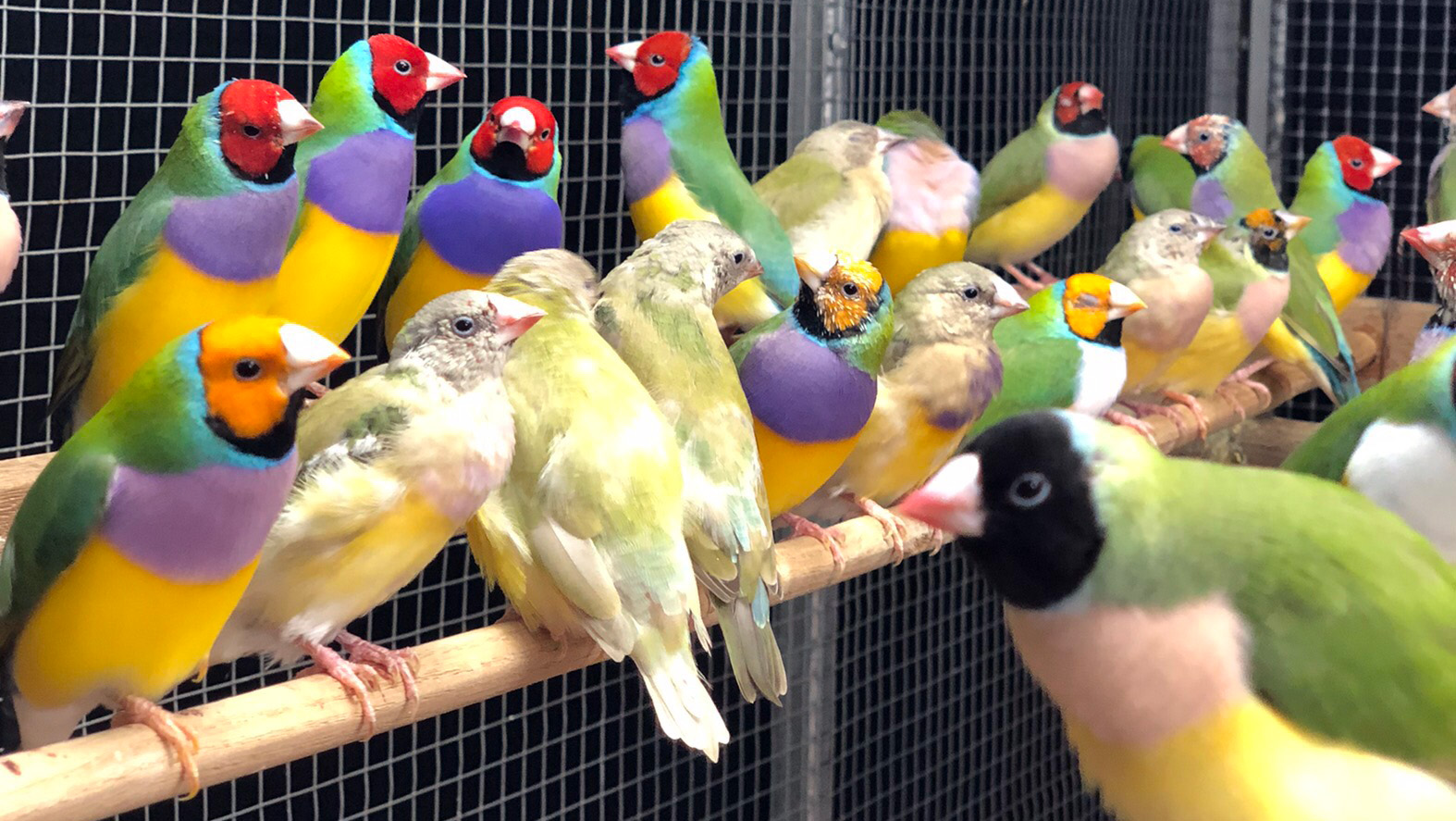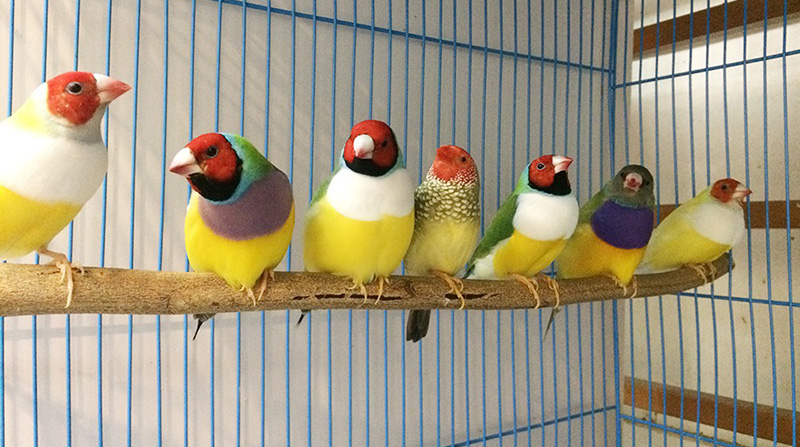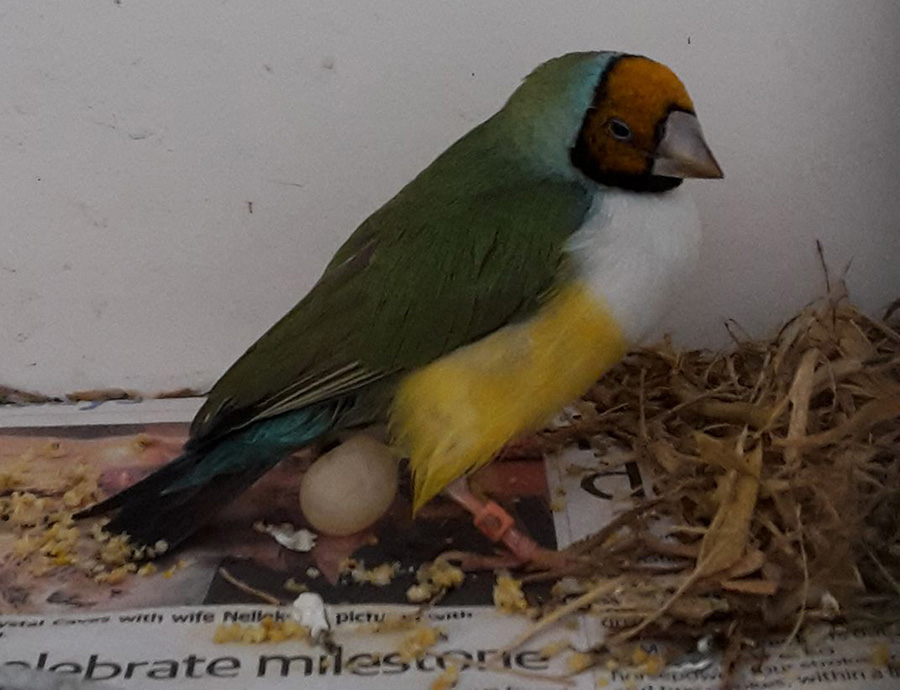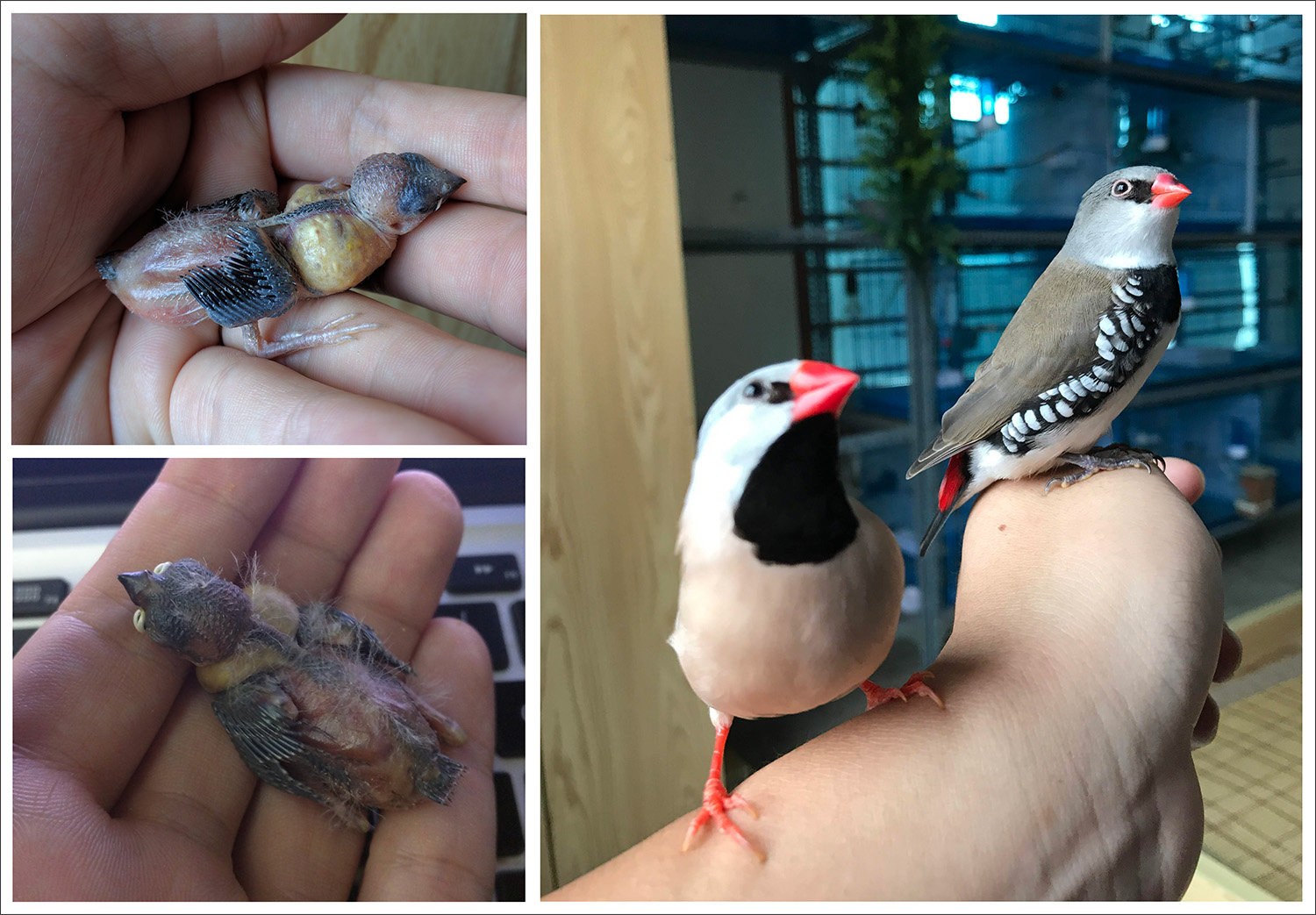
Hand Feeding Finches
By longnkp / Aug 06 2024 / Breeding
Hello to all you passionate finch enthusiasts out there!
Whether you stumbled upon this article out of curiosity or you're in a critical situation needing to hand feed abandoned baby finches, you've come to the right place. Before diving in, it's important to know that hand feeding baby finches is a challenging and time-consuming task. Despite your best efforts, the chances of these delicate chicks not surviving are unfortunately high, even for those with extensive experience.
If your goal is to hand feed finches to tame them as pets, it's crucial to understand that not all finch species will bond closely with you, even when raised by hand from a young age. Once they grow and can eat independently, they tend to rejoin their flock and may forget the person who raised them. Hand feeding a baby parrot might be a better option if you're looking for a pet that will form a strong bond with you.
However, if you decide to hand feed because the chicks have been abandoned or tossed out by their parents, it's worth giving the parents another chance. Place the chicks back in the nest and monitor the situation. For further guidance, read more in the article "Why Parents Toss Chicks and How to Help". If the parents still refuse to care for them, consider using foster parents—a topic I've covered in this article "Fostering Finches". Using foster parents can save you significant time and effort compared to hand feeding.
But, if you have no other choice but to hand feed, let's get started on understanding each step of this demanding yet potentially life-saving task.
Essential Tools for Hand Feeding
To start with hand feeding baby finches, you'll need some essential tools to ensure their well-being and increase their chances of survival. Here’s a list of what you'll need:
- Brooder: This can be a small box, aquarium, or plastic container with a lid. A brooder is vital for maintaining the right environment.
- Heating Pad or Heating Lamp: Used to keep baby finches warm if the ambient temperature is below 80°F.
- Nest: A small plastic bowl or canary nest for the chicks to sleep in.
- Lining Materials: Use washcloths, paper towels, or tissue paper to line the nest and keep it cozy.
- Water Container: A small glass, like a shot glass, for water to maintain humidity.
- Thermometer and Hygrometer: To monitor the temperature and humidity inside the brooder.
- Feeding Tools: A flat-end toothpick or a crop tube and syringe for feeding.
Choosing the Right Hand Feeding Formula
Not all hand feeding formulas are created equal, and it's crucial to select one that is suitable for baby finches. Avoid formulas with corn or cornmeal as the main ingredient. Instead, opt for formulas based on rice or rice flour. Some recommended products are Lafeber's Nutristart, NutriBird A21 which works well for finches. For very young chicks, mixing the formula with pedialyte (a rehydration solution for human babies) instead of water can provide additional nutrients. You can also enhance the flavor and nutritional value by adding a bit of Gerber's rice cereal with applesauce.
Here are the recommended mixing ratios for different stages of development:
- 1-3 days old: Mix the formula with pedialyte to a consistency slightly thicker than water. This helps with hydration and easy digestion.
- 4-7 days old: Mix the formula with pedialyte to a creamy consistency, similar to pudding. This ensures the chicks get enough nutrition as they grow.
- 8-15 days old: Mix the formula with water to a consistency like ketchup. This thicker mixture supports their increasing nutritional needs and helps them develop stronger digestion.
- 16 days and older: Continue with the same consistency as the 8-15 days old stage, adjusting slightly thicker as the chicks grow and can handle more substantial food.
Always ensure the formula is warmed to at least 90°F but no more than 100°F before feeding. Proper temperature is critical to prevent shock or burns in the chicks.
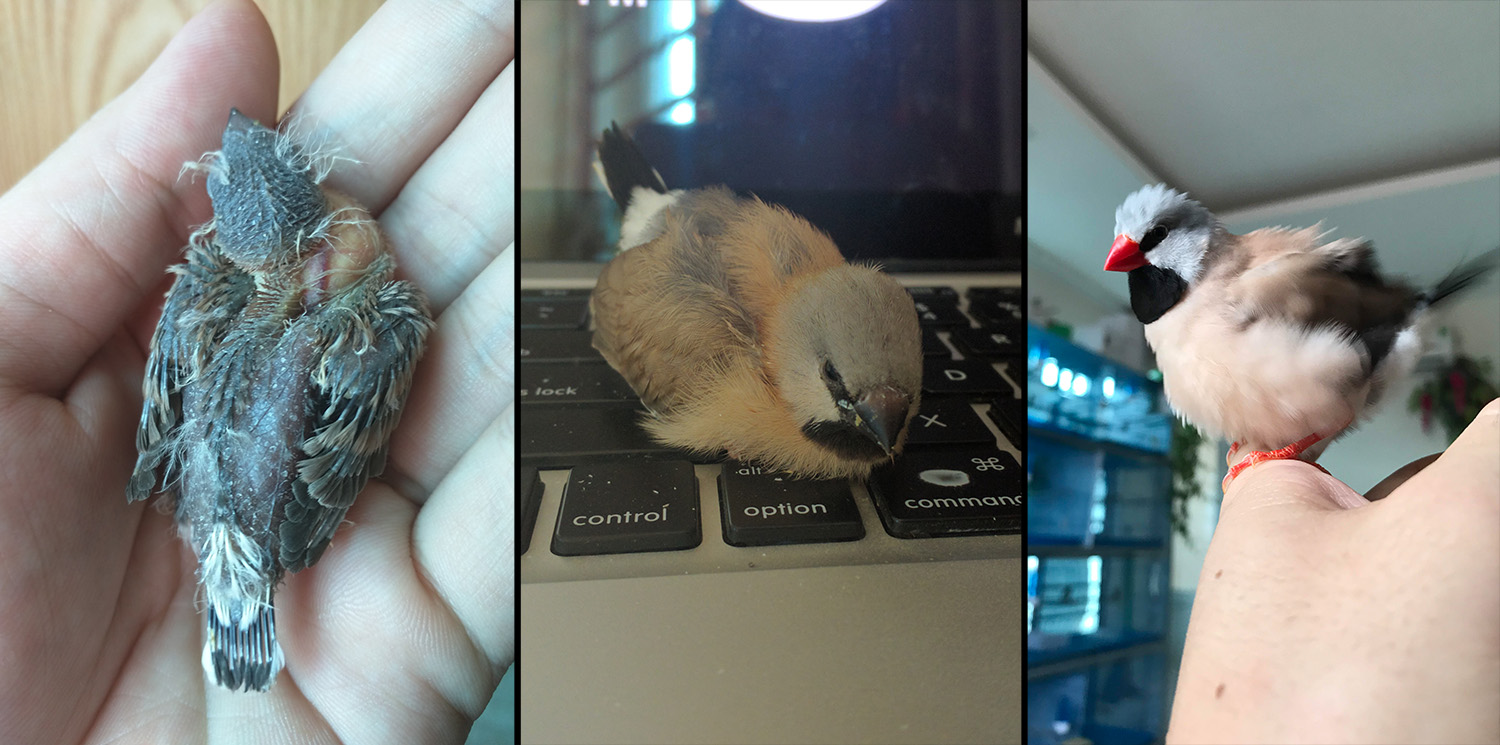
My long-tailed baby finch was successfully hand-fed using NutriBird A21
How to Hand Feed Baby Finches
Feeding baby finches requires patience and precision. Here's a step-by-step guide to help you through the process:
Feeding Newly Hatched Chicks (1-4 Days Old)
Gently tap the nest to wake the chick and encourage it to open its mouth. Carefully use the flat end of a toothpick to introduce small portions of food into the chick's mouth. Allow the chick to swallow each small portion before offering more. Be extremely gentle and cautious to avoid injuring the delicate chick.
Feeding Older Chicks (5 Days and Older)
For chicks 5 days and older, you can use a syringe with a feeding tube to deliver food directly into the crop. Insert the tube gently into the chick's throat, ensuring it reaches the crop. Avoid feeding too quickly to prevent aspiration, which can be fatal.
Feeding Guidelines
Only provide more food when the previous meal has been almost completely digested. Avoid overfeeding, as undigested food can clump and block the digestive system. Before feeding, check the syringe for proper function and ensure it is not clogged. Adjust the pressure to ensure a gentle flow of food into the crop. If the crop becomes too full and food spills out of the chick's mouth, quickly clean up the excess with a tissue to prevent choking. Try to avoid air bubbles in the syringe. If air gets into the crop, gently press on the crop with your finger to release the air when the chick opens its mouth.
Setting Up the Brooder: Temperature and Humidity
Creating the right environment is key to the survival of baby finches. The brooder must be warm and humid. Set the heating pad to low and ensure it covers the bottom and possibly the sides of the brooder. Line the bottom with several layers of paper towels or a small hand towel to prevent the chicks from getting too close to the heating pad.
Creating the right environment is key to the survival of baby finches. The brooder must be warm and humid. If you are using a heating pad, set it to low and ensure it covers the bottom and possibly the sides of the brooder. Line the bottom with several layers of paper towels or a small hand towel to prevent the chicks from getting too close to the heating pad. If you are using a heating lamp, position the lamp above the brooder to provide consistent warmth. Make sure the lamp is placed at a safe distance to avoid overheating. Use a thermometer to monitor the temperature, and adjust the lamp height as needed to maintain a stable and comfortable environment for the chicks.
Place the nest in the brooder and line it with tissue paper to keep the chicks snug. Maintain the temperature at around 90°F (32°C) for chicks under ten days old. As they grow and develop feathers, you can gradually decrease the temperature. The humidity should be above 10%, which can be maintained by placing a small glass of water in the brooder.
Feeding Frequency
The frequency of feeding depends on the age of the chicks. Here’s a general guide:
- 1-3 days old: Every 30 minutes to an hour.
- 4-7 days old: Every hour to an hour and a half.
- 8-15 days old: Every hour and a half to two and a half hours.
- 16-30 days old: Every two to four hours.
- 30 days to weaning: As needed.
Pay close attention to the chicks, as each one may have different needs. If the crop (a pouch in the bird’s neck where food is stored) is empty, it’s time to feed them.
Quantity of Food Per Feeding
The amount of food you provide per feeding session will vary as the chicks grow. Here’s a rough guideline:
- 1-3 days old: The crop will hold about 3-5 seeds worth of food.
- 4-7 days old: The capacity doubles.
- 8-15 days old: Around 0.5cc of food.
- 16 days and older: About 1cc or more, depending on the species.
Always ensure the food consistency is like creamy pudding or ketchup—neither too runny nor too thick—to prevent aspiration or choking.
Weaning and Transitioning to Seed
Weaning is a critical phase in a baby finch's life. Do not rush this process; allow the chick to wean itself. As the chick grows, begin introducing millet and other small seeds into its diet. Place small amounts of seed in the brooder and observe the chick's interest. Initially, the chick may not recognize the seeds as food. Continue hand-feeding while gradually reducing the frequency as the chick starts to eat on its own. It's important to maintain a regular feeding schedule even during the weaning process. If the chick begs for food, provide it. This ensures the chick feels secure and encourages it to explore new food sources. Over time, the chick will begin to eat more seeds and rely less on hand-feeding. The weaning process can take several weeks, so be patient and attentive to the chick's needs.
Conclusion
Hand feeding baby finches is a challenging yet rewarding endeavor that requires dedication, patience, and careful attention to detail. Whether you are hand feeding out of necessity or a desire to help a fragile chick, understanding the complexities and responsibilities involved is crucial. Always prioritize the chick's health and well-being, and remember that the ultimate goal is to nurture it into a strong, independent bird. With the right tools, knowledge, and a lot of patience, you can successfully raise baby finches and enjoy watching them thrive. Good luck on your hand-feeding journey!
Relative Posts
Recent Posts
- Unlocking the Secrets of Calcium for Healthy Captive Birds
- Hand Feeding Finches
- Why Parents Toss Chicks and How to Help
- Fostering Finches: Ensuring the Survival of Your Feathered Friends
- Sunshine and Finches: A Guide for Indoor Bird Keepers
- Air Sac Mites in Finches: Understanding, Preventing, and Treating
- Introducing New Foods to Your Finch
- Homemade Finch Food Recipes
- Choosing Breeding Gouldian Finch Pairs
- How to Choose a Nest Box for Your Finches

